Home>Interior Design>Monochromatic Color Scheme: Ideas And Expert Advice On Creating The Look
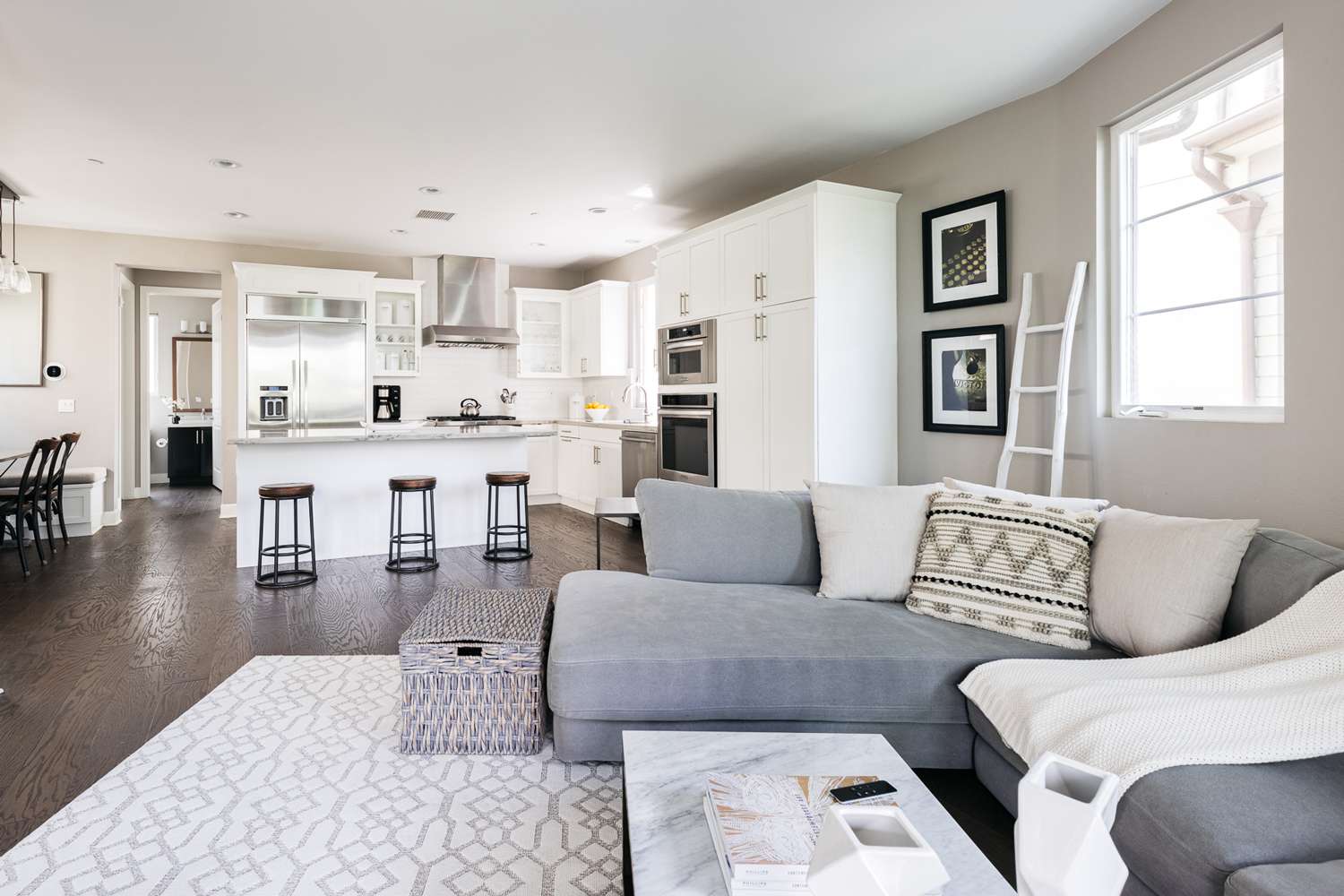

Interior Design
Monochromatic Color Scheme: Ideas And Expert Advice On Creating The Look
Modified: August 23, 2024
Discover tips and expert advice on creating a stunning monochromatic color scheme for your interior design, and get inspired with ideas to achieve the perfect look.
(Many of the links in this article redirect to a specific reviewed product. Your purchase of these products through affiliate links helps to generate commission for Storables.com, at no extra cost. Learn more)
Introduction
Welcome to the world of interior design, where color plays a crucial role in creating a harmonious and visually appealing space. One popular color scheme that has been gaining momentum in recent years is the monochromatic color scheme. This design concept focuses on using varying shades, tones, and tints of a single color to create a cohesive and elegant look.
Monochromatic color schemes are not only aesthetically pleasing but also offer numerous benefits. From creating a sense of tranquility and sophistication to allowing for versatility in design choices, this color scheme has the power to transform any room into a work of art.
In this article, we will delve into the world of monochromatic color schemes, discussing their benefits, tips for creating the perfect scheme, and expert advice on achieving a cohesive and stunning look. Whether you are a seasoned designer looking to explore new design concepts or a homeowner in need of inspiration, this article will guide you through the captivating world of monochromatic color schemes.
Key Takeaways:
- Embrace the versatility and timelessness of monochromatic color schemes to create visually stunning and harmonious spaces that reflect your unique style and personality.
- Harness the power of different shades, tones, and textures within a monochromatic color palette to add depth, dimension, and visual interest to your interior design.
Understanding Monochromatic Color Schemes
Before we dive into the details of monochromatic color schemes, let’s first understand what exactly it means. A monochromatic color scheme revolves around using variations of a single color throughout a space. This includes different shades, tones, and tints of the chosen color.
The key idea behind a monochromatic color scheme is to create a visually cohesive look by utilizing the different intensities of a single color. By using various hues of the same color family, you can evoke a sense of harmony and elegance in your interior design.
When selecting a color for a monochromatic scheme, it’s important to choose a color that resonates with your design goals and personal preferences. It could be a soft, serene pastel hue, a bold and vibrant shade, or even a neutral tone. The possibilities are endless, allowing you to express your unique style through color.
While a monochromatic color scheme primarily revolves around a single color, it’s important to note that neutrals such as black, white, and gray can also be incorporated to add depth and contrast to the overall design. These neutrals can be used as accent colors or as a backdrop to highlight the main color scheme.
A monochromatic color scheme is not limited to just paint on the walls. It can be applied to various elements in a space, including furniture, accessories, textiles, and artwork. By incorporating different textures and materials in the chosen color palette, you can further enhance the visual interest and create a truly captivating design.
Now that we have a good grasp on the concept of monochromatic color schemes, let’s explore the benefits of using this design approach in your interior spaces.
Benefits of Using a Monochromatic Color Scheme
Using a monochromatic color scheme in your interior design offers a range of benefits that can elevate the overall look and feel of your space. Let’s explore some of the key advantages:
- Harmony and Cohesion: One of the main advantages of a monochromatic color scheme is its ability to create a sense of harmony and cohesion. By using different shades of a single color, you can achieve a seamless flow throughout the room. This cohesive look not only enhances the aesthetic appeal but also creates a sense of calm and tranquility.
- Ambiance and Mood: Each color carries its own psychological impact on our emotions. By selecting the right color for your monochromatic scheme, you can set the desired ambiance and mood in your space. Soft blues and greens evoke a serene and relaxing atmosphere, while vibrant reds and oranges can create a sense of energy and excitement.
- Visual Interest: Despite using a single color, a monochromatic scheme can still be visually captivating. The use of different shades, tones, and tints adds depth and dimension to the design. You can create interest by incorporating different textures, patterns, and finishes within the chosen color palette. This allows you to showcase the versatility and beauty of the selected color.
- Flexibility and Versatility: A monochromatic color scheme offers a high level of flexibility and versatility in design choices. Since you are working within one color family, it becomes easier to coordinate and integrate various elements in the space. This allows for easier selection of furniture, accessories, and artwork, creating a cohesive and well-curated look.
- Timelessness: Monochromatic color schemes have stood the test of time and continue to be a timeless choice in interior design. They are not bound by ever-changing trends and can be adapted to different design styles and aesthetics. Whether you prefer a minimalist, modern, or traditional look, a monochromatic color scheme can complement any style while adding a touch of sophistication.
By harnessing the benefits of a monochromatic color scheme, you can transform your space into a visually stunning and harmonious environment. Now that we understand the advantages, let’s explore some tips for choosing the right monochromatic color scheme that suits your style and preferences.
Tips for Choosing the Right Monochromatic Color Scheme
When it comes to choosing the right monochromatic color scheme for your space, there are a few key considerations to keep in mind. These tips will help you create a cohesive and visually pleasing design:
- Start with a Base Color: Begin by selecting a base color that you love and feel drawn to. This will serve as the foundation for your monochromatic scheme. Consider your personal preferences, the desired mood of the space, and any existing elements or furnishings that you want to incorporate into the design.
- Explore Different Shades and Tones: Once you have your base color, explore the various shades and tones within that color family. This will allow you to add depth and dimension to your design. Consider using lighter shades for walls and larger surfaces to create an open and airy feel, while darker tones can be used for accents and focal points.
- Consider Contrast and Texture: While a monochromatic color scheme revolves around a single color, it’s important to incorporate contrast and texture to prevent the space from appearing flat or monotonous. Consider using different finishes, patterns, and textures within the same color family to add visual interest and depth.
- Experiment with Accent Colors: Although the main focus is on a single color, don’t be afraid to experiment with accent colors. Neutrals such as black, white, and gray can be used to create contrast and highlight certain elements in the room. Additionally, a pop of a complementary color can add excitement and elevate the overall design.
- Consider Lighting and the Surrounding Environment: Take into account the natural light and artificial lighting in the room when selecting your monochromatic color scheme. Colors can appear different in various lighting conditions, so ensure that the chosen shades complement and interact harmoniously with the lighting. Also, consider the surrounding environment, such as the views from windows or the color palette of adjacent rooms, to create a cohesive flow throughout your space.
By following these tips, you can confidently select a monochromatic color scheme that suits your style, enhances the desired ambiance, and creates a visually stunning space. Now that we have covered the basics of choosing a monochromatic color scheme, we will explore how to implement this concept in specific areas of your home, starting with a calming monochromatic bedroom design.
Creating a Calming Monochromatic Bedroom
A bedroom is a sanctuary, a place of relaxation and rejuvenation. Creating a calming monochromatic color scheme in your bedroom can elevate the overall ambiance and promote a sense of tranquility. Here are some tips for designing a calming monochromatic bedroom:
- Select a soothing color: Choose a soft, soothing color for the walls and large surfaces in your bedroom. Opt for shades of blue, green, or lavender, as these colors are known for their calming properties. These serene hues will create a peaceful environment that promotes relaxation.
- Add texture and variety: To prevent your monochromatic bedroom from appearing flat, incorporate different textures and patterns within your chosen color palette. Consider using textured fabrics for your bedding, adding a patterned area rug, or using wallpaper with subtle prints to create depth and visual interest.
- Layer shades and tones: To add depth to your monochromatic bedroom, layer different shades and tones of your chosen color. For example, use lighter shades for walls and bedding, and choose slightly darker tones for accent pillows or curtains. This layering technique will create visual dimension and a sophisticated look.
- Introduce pops of neutrals: While a monochromatic color scheme primarily revolves around a single color, incorporating neutral tones can help balance the overall design. Add touches of white, cream, or light gray through furniture, curtains, or decorative accessories to create contrast and prevent the room from feeling overwhelming.
- Consider lighting: Lighting plays a vital role in setting the mood in your bedroom. Opt for soft, warm lighting to enhance the calming atmosphere. Use table lamps, floor lamps, or wall sconces with warm-toned bulbs to create a soothing ambiance. Additionally, consider adding dimmer switches to control the intensity of the light and create a more relaxed atmosphere before bedtime.
- Accessorize thoughtfully: Choose accessories that complement your monochromatic color scheme while adding a touch of personality to the room. Select artwork, decorative pillows, or throw blankets that incorporate subtle pops of your chosen color or complementing shades. Keep the accessories minimal, as too many can distract from the calming atmosphere you are trying to create.
By following these tips, you can create a calming monochromatic bedroom that offers a serene and tranquil environment for rest and relaxation. Remember to incorporate your personal style and preferences into the design to make the space truly your own.
Now that you have a better understanding of monochromatic color schemes and how to create a calming bedroom, let’s explore how a monochromatic color palette can add depth and dimension to your overall design.
Adding Depth and Dimension with a Monochromatic Color Palette
A monochromatic color palette doesn’t have to mean a flat and one-dimensional design. By using different shades, tones, and tints of a single color, you can add depth and dimension to your space. Here are some tips for incorporating depth and dimension with a monochromatic color palette:
- Utilize different color intensities: Experiment with different color intensities within your chosen color palette. Play with lighter and darker shades to create contrast and focal points. For example, if you have a monochromatic gray color scheme, use lighter gray for the walls and furniture, and opt for darker shades for accents like curtains or decorative pillows.
- Use texture to your advantage: Texture is key to creating visual interest and depth in a monochromatic color scheme. Incorporate different textures in your space, such as plush carpets, textured wallpaper, or fabrics with varying weaves. These textures will add dimension to the design and prevent it from feeling flat or monotonous.
- Add metallic accents: Introduce metallic accents in your monochromatic design to create dynamic contrast. For example, if you have a monochromatic white color scheme, incorporate silver or gold accents through decorative accessories, light fixtures, or mirrors. The reflective surfaces will catch the light and add a touch of glamour and sophistication.
- Play with patterns: Patterns can enhance the depth and dimension of a monochromatic color scheme. Incorporate patterned elements such as geometric rugs, striped curtains, or patterned throw pillows. These visually appealing patterns will break up the monotony of a single color and add visual interest to the overall design.
- Layer different materials: Experiment with layering different materials within your chosen color palette. Mix materials like wood, metal, glass, and fabric to create depth and variety in your space. For example, in a monochromatic blue living room, use a combination of blue velvet sofas, a glass coffee table, and wooden side tables to add texture and dimension.
- Play with lighting: Proper lighting can significantly enhance the depth and dimension of a monochromatic color scheme. Use a combination of ambient, task, and accent lighting to create different levels of illumination. Accentuate key areas or objects with spotlights or pendant lights to create visually appealing highlights and shadows.
By implementing these tips, you can transform a monochromatic color palette into a visually dynamic and multi-dimensional design. Experiment with different shades, textures, patterns, and materials to create a captivating space that showcases the versatility and beauty of a monochromatic scheme.
Now that we’ve explored adding depth and dimension, let’s discuss how you can incorporate a monochromatic color scheme in your living room design.
When creating a monochromatic color scheme, vary the shades and tints of the chosen color to add depth and interest to the space. This will prevent the room from feeling flat and one-dimensional.
Incorporating Monochromatic Colors in Your Living Room Design
Your living room is the heart of your home, where you gather with family and friends, relax, and entertain. Incorporating a monochromatic color scheme in your living room design can create a sophisticated and cohesive space. Here are some ideas for incorporating monochromatic colors in your living room:
- Select a dominant color: Start by selecting a dominant color for your living room. This will be the main color that sets the tone for the space. It could be a rich shade of blue, a calming hue of green, or even a warm earthy tone. Choose a color that resonates with your style and complements the overall aesthetic of your home.
- Use different shades and tones: Once you have your dominant color, incorporate different shades and tones of that color throughout the room. Use lighter shades for the walls and larger furniture pieces, and darker tones for accents and smaller accessories. This layering of shades and tones will add depth and visual interest to the space.
- Introduce pops of contrast: While a monochromatic color scheme primarily revolves around a single color, adding pops of contrast can create a visually striking effect. Choose a complementary color or opt for neutrals like black or white to act as accent colors. Incorporate these contrasting elements through throw pillows, art pieces, or decorative accents to create focal points in your living room design.
- Play with patterns and textures: Patterns and textures can add depth and dimension to your monochromatic living room. Consider incorporating patterned throw pillows, area rugs, or textured wallpaper to break up the solid color and create visual interest. Mixing different textures such as velvet, leather, or natural fibers can also add richness and tactile appeal to your space.
- Consider the architecture and natural light: Take into account the architectural elements and natural light in your living room when selecting your monochromatic color scheme. The size and shape of the room, as well as the amount of natural light it receives, can influence the choice of colors. For example, if your living room has limited natural light, opting for lighter shades can help brighten up the space.
- Balance with neutrals: To create balance and prevent the room from feeling overwhelming, incorporate neutrals into your monochromatic living room design. Use shades of white, beige, or gray for larger furniture pieces, curtains, or wall trim. These neutrals will provide a subtle contrast and create a sense of harmony in the space.
By incorporating these design ideas, you can create a visually stunning and cohesive living room with a monochromatic color scheme. Remember to personalize the space by adding your personal style and preferences through decorative accessories, artwork, and plants. Enjoy the harmonious and sophisticated atmosphere that a monochromatic color scheme brings to your living room.
Next, let’s explore how you can incorporate a monochromatic color scheme in your kitchen design for a modern and sleek look.
Monochromatic Color Scheme Ideas for a Modern Kitchen
A monochromatic color scheme can be a perfect choice for a modern kitchen design, creating a sleek and cohesive look. Here are some ideas for incorporating a monochromatic color scheme in your modern kitchen:
- Go for a white or gray palette: White and gray are popular choices for a modern kitchen with a monochromatic color scheme. These neutral colors provide a clean and minimalist backdrop that allows other design elements to shine.
- Experiment with different shades: Within your chosen white or gray palette, play with different shades to add depth and visual interest. Opt for lighter shades for the walls, cabinetry, and countertops, and use darker shades as accents through appliances, light fixtures, or backsplash tiles.
- Consider a black accent: Introduce a black accent to create contrast and drama in your modern kitchen. Whether it’s black kitchen appliances, a statement black range hood, or black hardware on cabinets, this accent color adds a touch of sophistication and modernity.
- Embrace minimalism: A monochromatic color scheme lends itself well to a minimalist approach. Keep the design clean and uncluttered, with sleek cabinetry, handle-less doors, and hidden storage to maintain the streamlined look of a modern kitchen.
- Add texture with materials: Use materials with different textures to add visual interest to your modern kitchen. Incorporate glossy or matte finishes, textured tiles for the backsplash, or a mix of stainless steel and natural wood for a touch of warmth and contrast.
- Add pops of color: While the focus is on a monochromatic color scheme, consider adding pops of color sparingly to create visual interest. Use colorful kitchen utensils, small appliances, or vibrant accessories to inject personality into the space.
- Balance with lighting: Pay attention to lighting in your modern kitchen design. Use recessed lighting fixtures or track lighting to create a well-lit and functional space. Pendant lights or under-cabinet lighting can also add a stylish touch while offering task lighting for specific areas.
With these ideas, you can create a modern and visually stunning kitchen design with a monochromatic color scheme. Remember to keep the space clutter-free and focus on clean lines and contemporary materials for a truly sleek and sophisticated look. Enjoy the modern aesthetic and cohesive atmosphere that a monochromatic color scheme brings to your kitchen.
Next, let’s explore how you can use monochromatic colors to enhance artwork and décor throughout your home.
Using Monochromatic Colors to Enhance Artwork and Décor
Monochromatic colors can be a powerful tool to enhance artwork and décor in your home. By using a monochromatic color scheme, you can create a cohesive and harmonious environment that allows your artwork and décor to take center stage. Here are some tips for using monochromatic colors to enhance your artwork and décor:
- Choose a complementary color palette: Start by selecting a monochromatic color palette that complements the colors in your artwork and décor. Consider the dominant colors, shades, and tones present in your pieces. This will help create a cohesive and visually pleasing look.
- Highlight artwork with a contrasting wall color: If you have a piece of artwork that you want to make the focal point of a room, consider painting the wall behind it with a contrasting color from your monochromatic color palette. This contrasting backdrop will make the artwork stand out and create a visually striking effect.
- Frame artwork with matching colors: Choose frames for your artwork that match the colors in your monochromatic color palette. This will create a seamless transition between the artwork and the surrounding décor. Matching frames will also enhance the cohesive look of your space.
- Use monochromatic accents: Incorporate monochromatic accents and accessories throughout your space to tie the color scheme together. For example, use throw pillows, rugs, vases, or curtains in varying shades and tones of your chosen color to create a cohesive and visually pleasing look.
- Create a gallery wall: If you have multiple pieces of artwork to display, consider creating a gallery wall using a monochromatic color scheme. Choose artwork in varying shades and tones of your selected color to create an interesting and visually appealing arrangement. This will create a cohesive and curated look that enhances the impact of each piece.
- Coordinate with décor: Extend your monochromatic color scheme to the décor elements in your space. Choose furniture, accent pieces, and textiles that match the colors in your artwork and overall color palette. This coordination will create a cohesive and well-designed look.
- Use lighting strategically: Proper lighting is essential to showcase and enhance your artwork. Use spotlights or track lighting to highlight specific pieces, creating focal points in your space. Consider using warm-toned or dimmable lighting to create a cozy and inviting ambiance.
By using these tips, you can create a visually stunning and cohesive look by incorporating monochromatic colors to enhance your artwork and décor. Remember that the monochromatic color scheme should complement and enhance the pieces in your space without overpowering them. With the right balance and attention to detail, your artwork and décor will shine in their monochromatic backdrop.
Now that we’ve explored using monochromatic colors to enhance artwork and décor, let’s move on to expert advice for achieving a cohesive monochromatic look.
Expert Advice for Achieving a Cohesive Monochromatic Look
Creating a cohesive monochromatic look requires careful consideration and attention to detail. To help you achieve a harmonious and visually stunning design, here is some expert advice:
- Start with inspiration: Begin by finding inspiration for your monochromatic color scheme. Look for color palettes, interior design magazines, or online platforms for ideas. Pay attention to different shades, tones, and textures that resonate with your style and preferences.
- Consider lighting and space: Take into account the lighting conditions and size of your space when selecting your monochromatic color palette. Natural and artificial lighting can affect how colors appear, so be mindful of how your chosen color will interact with light. Additionally, consider the size of the room, as darker colors may make a smaller space feel more confined.
- Experiment with paint samples: Before committing to a specific shade, test out different paint samples on your walls. Lighting conditions in a showroom or store can be different from your home, so it’s important to see how the color looks in your space. Observe how the color changes throughout the day, as lighting conditions shift.
- Create balance with neutrals: Incorporate neutral colors such as white, beige, or gray to create balance within your monochromatic color scheme. Neutrals can act as a backdrop to showcase your chosen color and prevent the space from feeling overwhelming. Use neutrals for larger surfaces like walls, floors, or furniture, while reserving your chosen color for accents and smaller elements.
- Be mindful of undertones: Pay attention to the undertones of your chosen color. Undertones can vary within a single color family, so choose carefully to ensure cohesiveness. If you’re unsure, consult with a color expert or utilize online resources to help identify the undertones of different paint colors.
- Consider the flow between rooms: If you have an open floor plan or multiple rooms that are visible from one another, consider the flow of your monochromatic color scheme throughout the space. Choose colors that transition smoothly from one room to another, creating a cohesive and seamless look.
- Focus on texture and materials: Incorporate a variety of textures and materials within your monochromatic design to add visual interest and depth. Experiment with different fabrics, finishes, and materials to create contrast and enhance the overall aesthetic. Incorporate elements like wood, metal, glass, or natural fibers to add richness and texture to your space.
- Trust your instincts: Ultimately, trust your instincts and follow your personal style when designing with a monochromatic color scheme. While it’s important to consider expert advice, don’t be afraid to express your individuality and creativity. After all, your home should be a reflection of your unique personality and taste.
By incorporating these expert tips, you can achieve a cohesive and visually stunning monochromatic look in your space. Remember to gather inspiration, consider lighting and space, experiment with paint samples, and create balance with neutrals. Pay attention to undertones, flow between rooms, texture, and trust your instincts. With a thoughtful approach and attention to detail, you can create a captivating and stylish monochromatic design that reflects your personal style.
Now that we’ve explored expert advice, let’s wrap up our exploration of monochromatic color schemes.
Conclusion
Monochromatic color schemes offer a world of design possibilities, allowing you to create visually stunning and harmonious spaces in your home. By using different shades, tones, and tints of a single color, you can achieve a cohesive and sophisticated look that reflects your style and enhances the ambiance of your space.
Throughout this article, we have explored the fundamentals of monochromatic color schemes, highlighting their benefits and providing tips for choosing the right scheme for your needs. We delved into specific areas of the home, discussing how to create a calming monochromatic bedroom, add depth and dimension to your design, incorporate monochromatic colors in your living room, and achieve a modern kitchen design.
We also touched upon using monochromatic colors to enhance artwork and décor, and we received expert advice on achieving a cohesive monochromatic look. From inspiration and color selection to considering lighting, space, and texture, we discovered the keys to creating a visually striking and harmonious monochromatic design.
Remember, a monochromatic color scheme is not only visually pleasing but also offers versatility, timelessness, and a sense of tranquility. By exploring different shades and tones within your chosen color palette, incorporating texture and contrast, and being mindful of lighting and space, you can transform your home into a stunning and cohesive sanctuary.
As you embark on your monochromatic design journey, don’t be afraid to trust your instincts and infuse your unique style and personality into the space. Let your creativity shine while maintaining the principles of a cohesive monochromatic color scheme.
We hope that this article has provided you with valuable insights, inspiration, and expert advice to guide you through the captivating world of monochromatic color schemes. Now, it’s time to embark on your design journey and create a space that reflects your individuality and brings joy every time you step inside.
Ready for more vibrant home styling ideas? If you've enjoyed our monochromatic insights, you'll definitely want to check out practical decorating tips that transformed a rental house. For those who love a splash of color, our yellow bathroom ideas will inspire delightful color schemes perfect for any washroom. And don't miss out on the latest design trends set to shape interiors next year, offering fresh perspectives and innovative approaches.
Frequently Asked Questions about Monochromatic Color Scheme: Ideas And Expert Advice On Creating The Look
Was this page helpful?
At Storables.com, we guarantee accurate and reliable information. Our content, validated by Expert Board Contributors, is crafted following stringent Editorial Policies. We're committed to providing you with well-researched, expert-backed insights for all your informational needs.
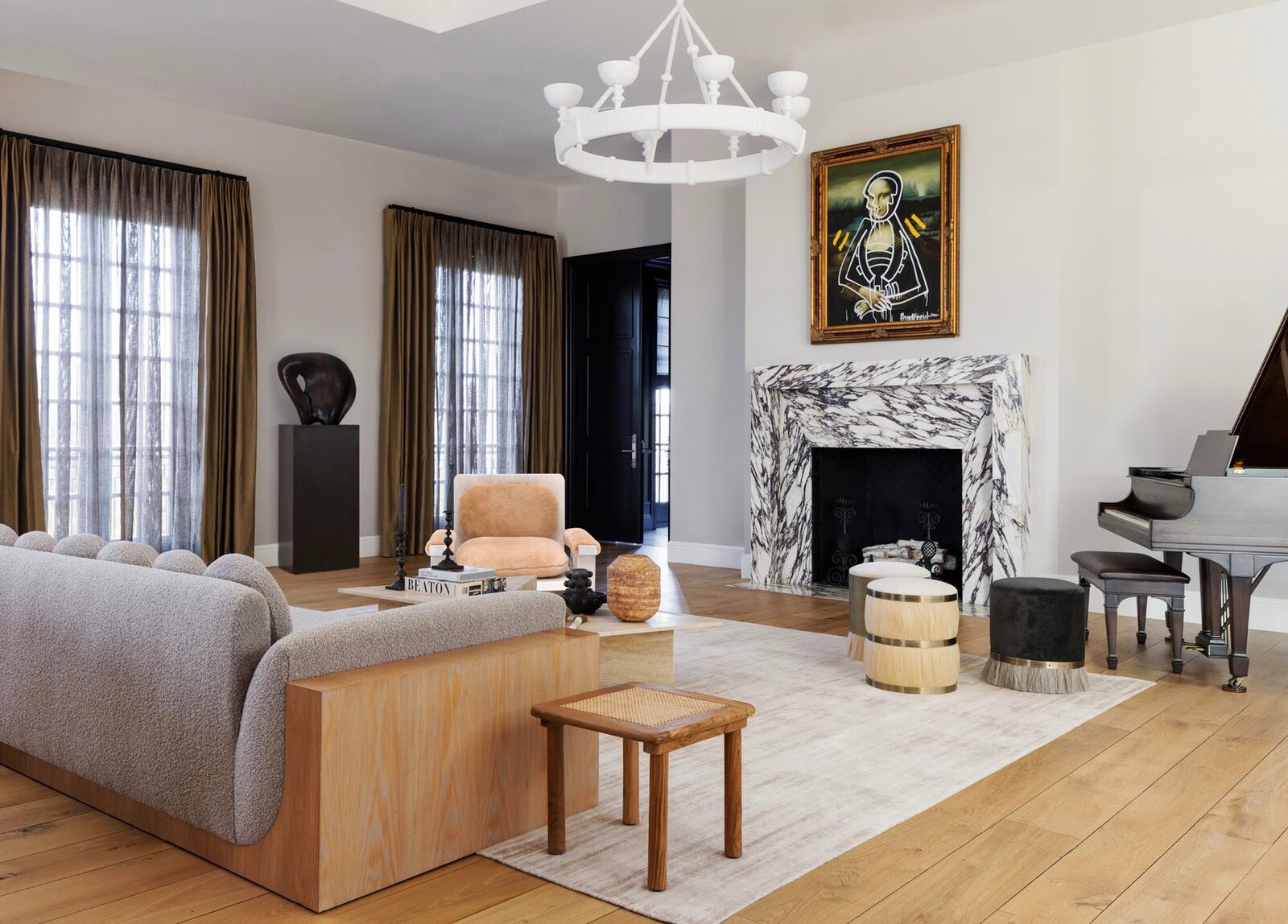
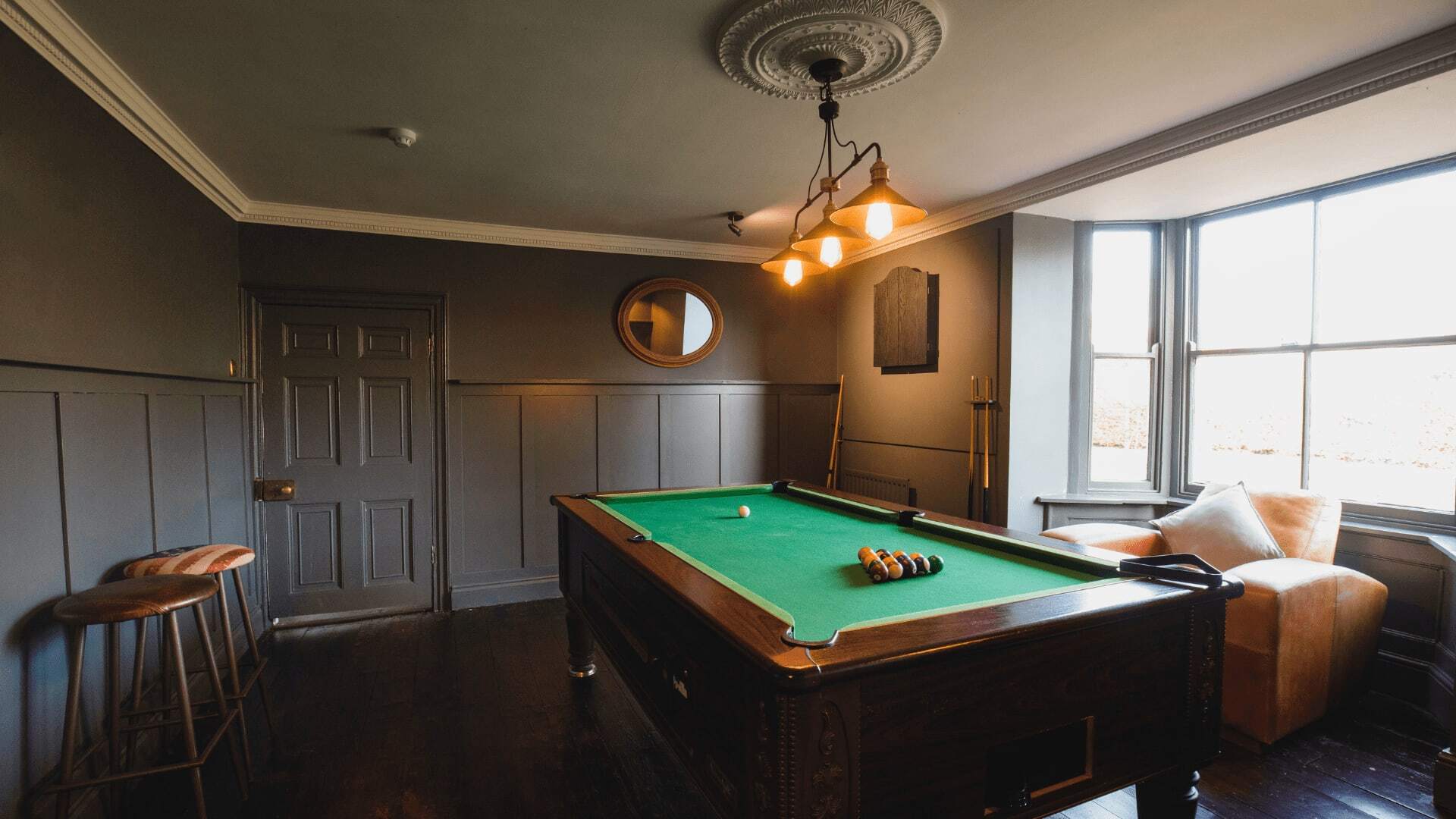
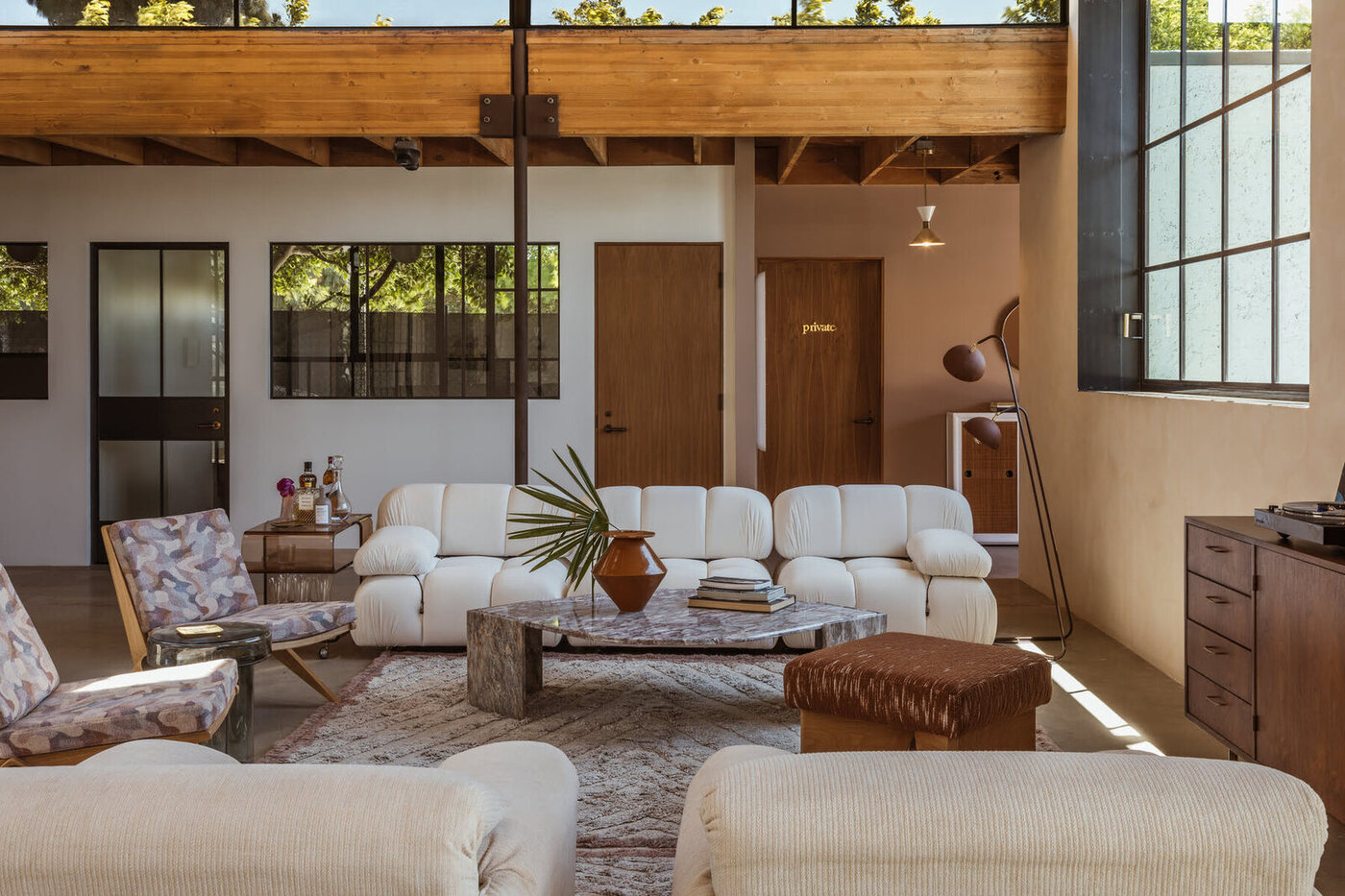


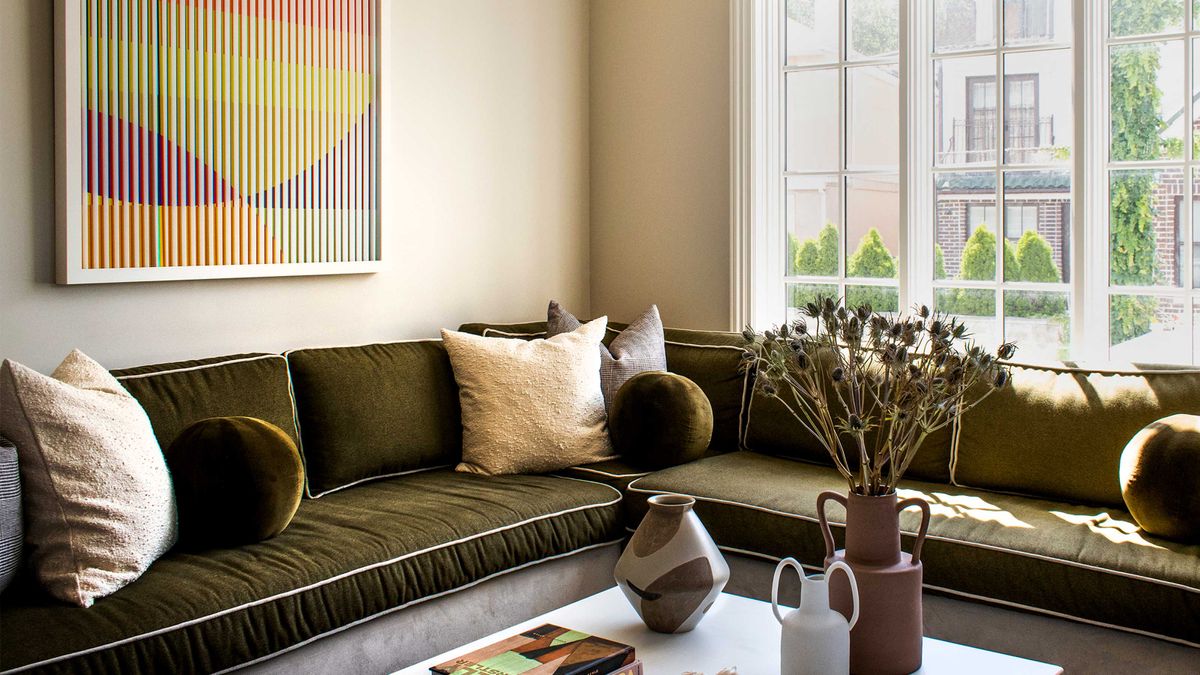
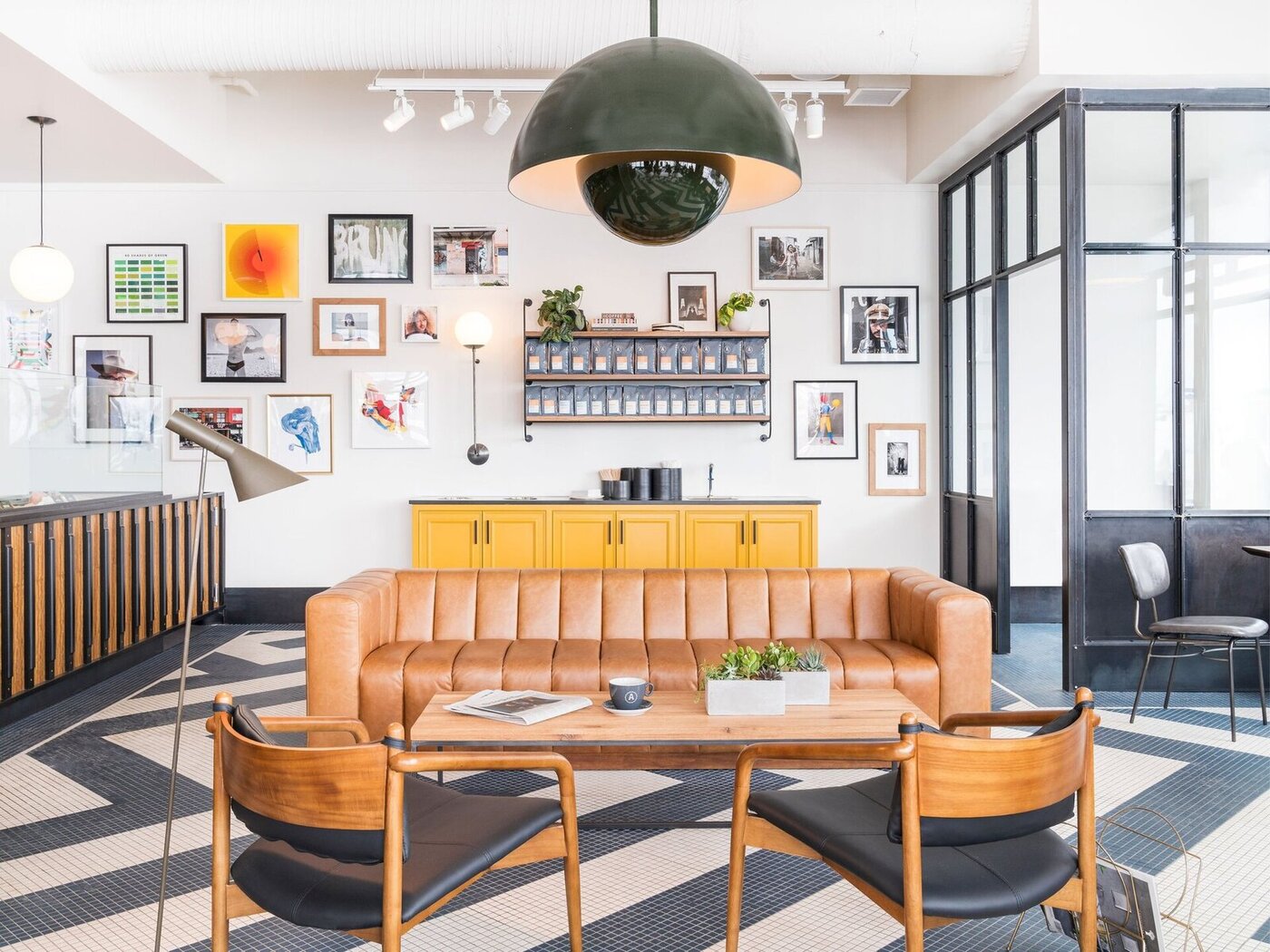
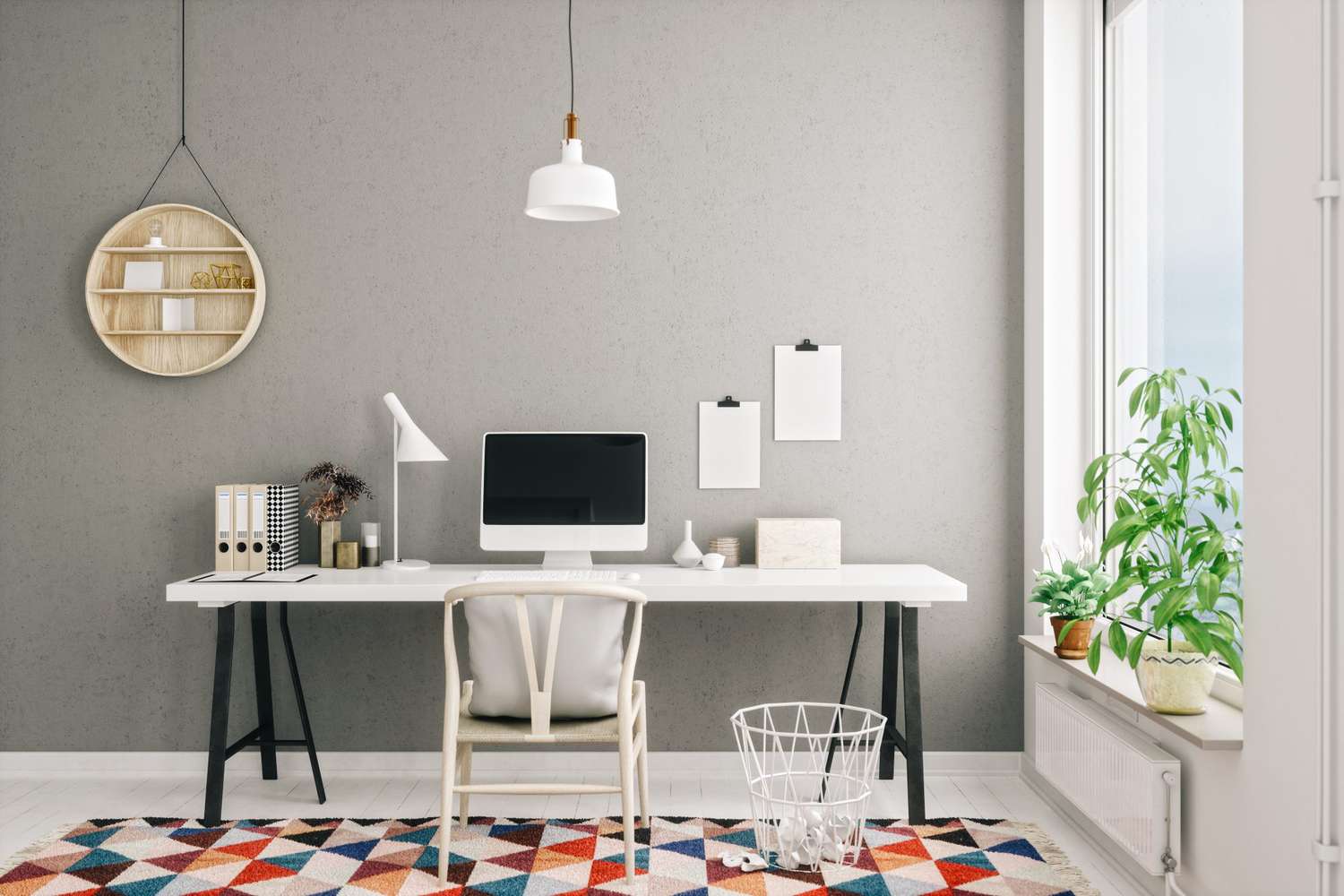
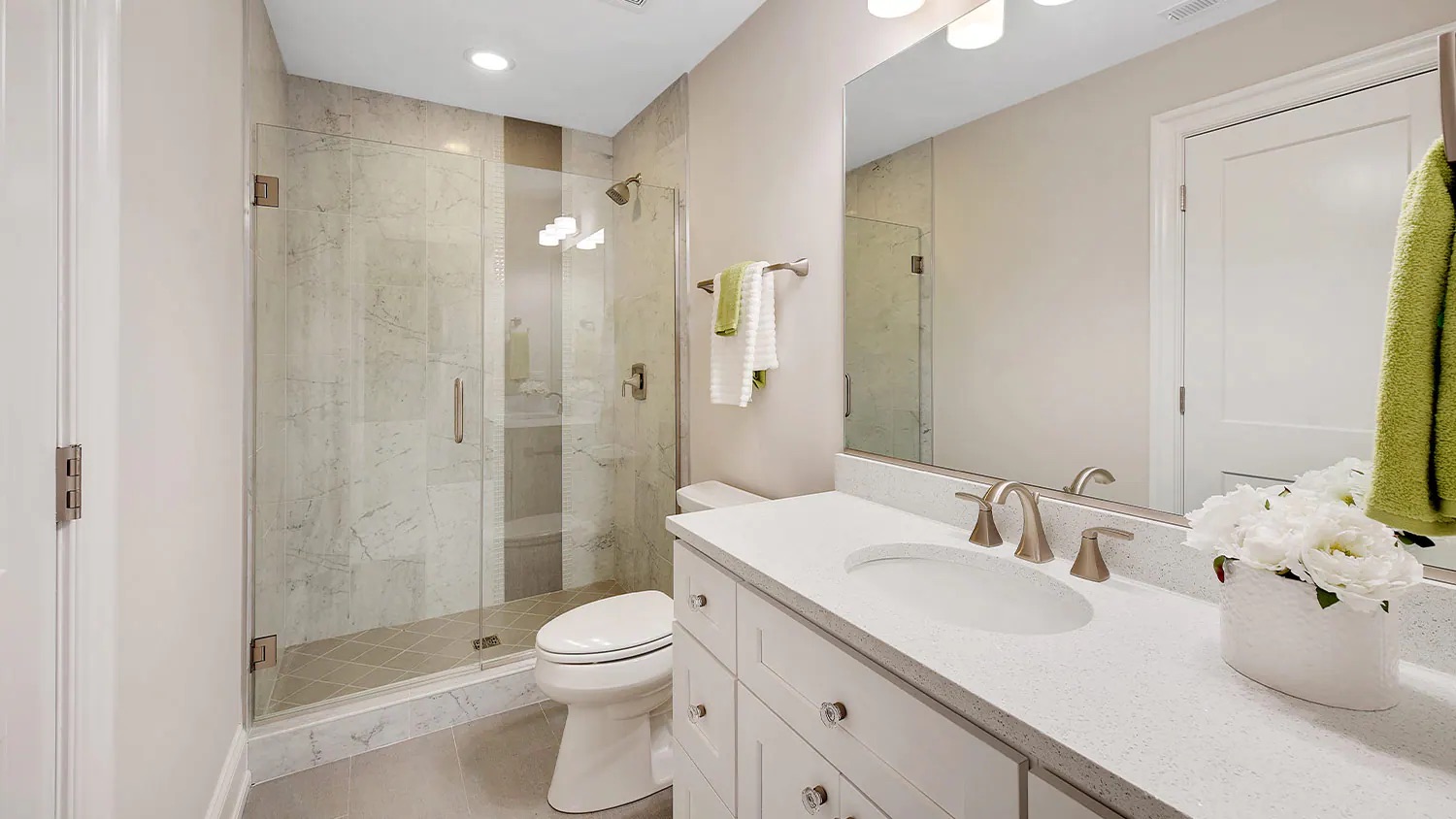
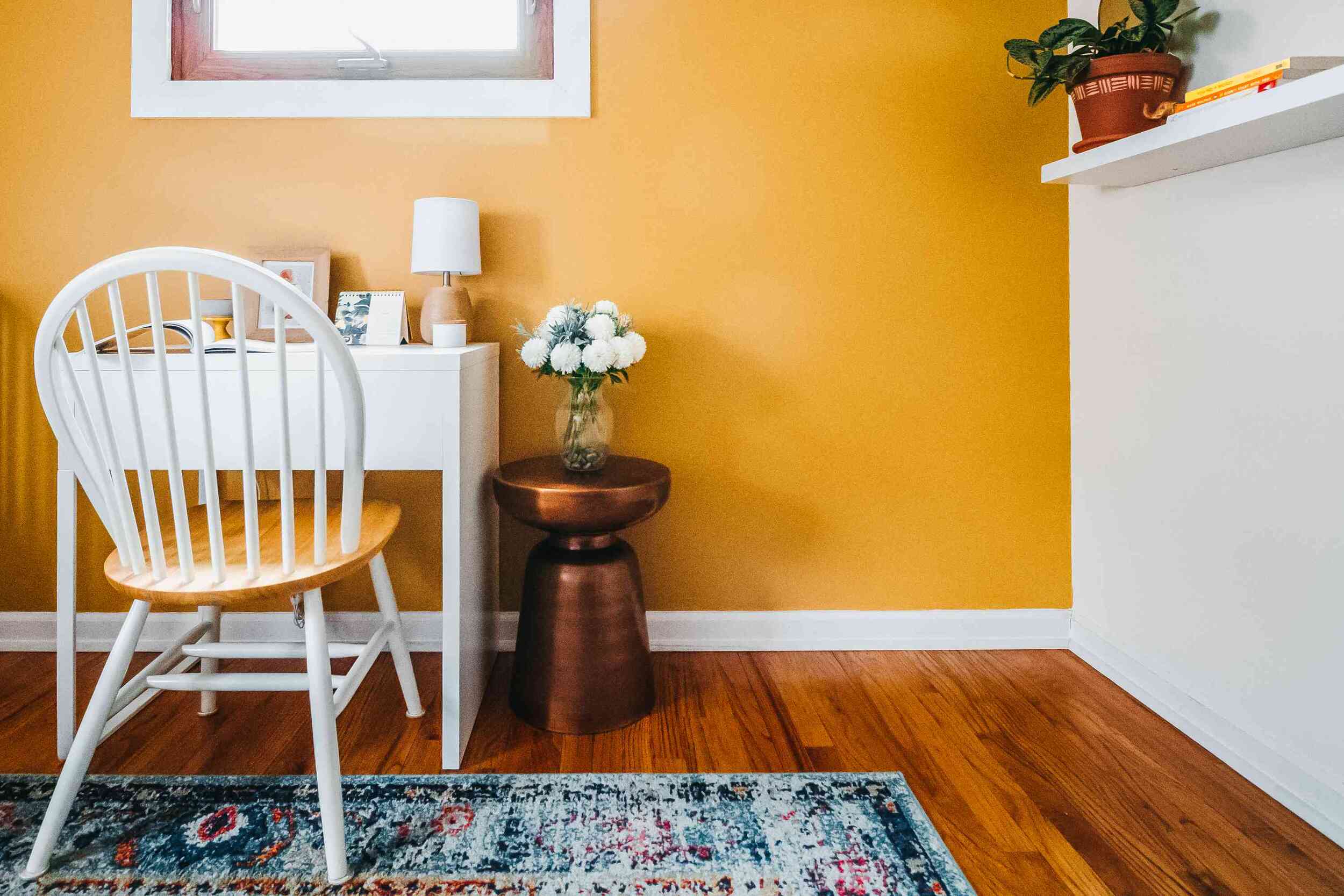
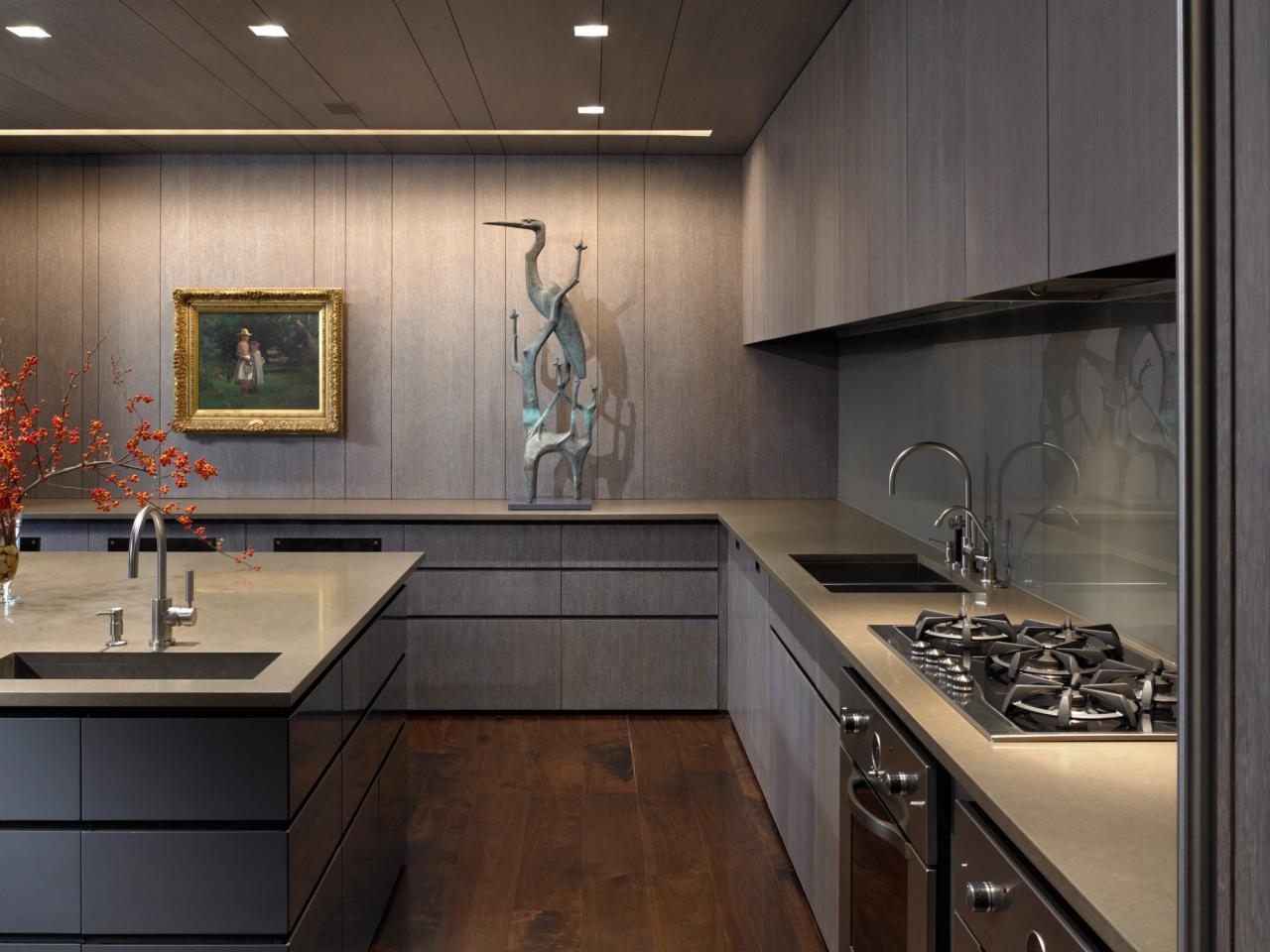
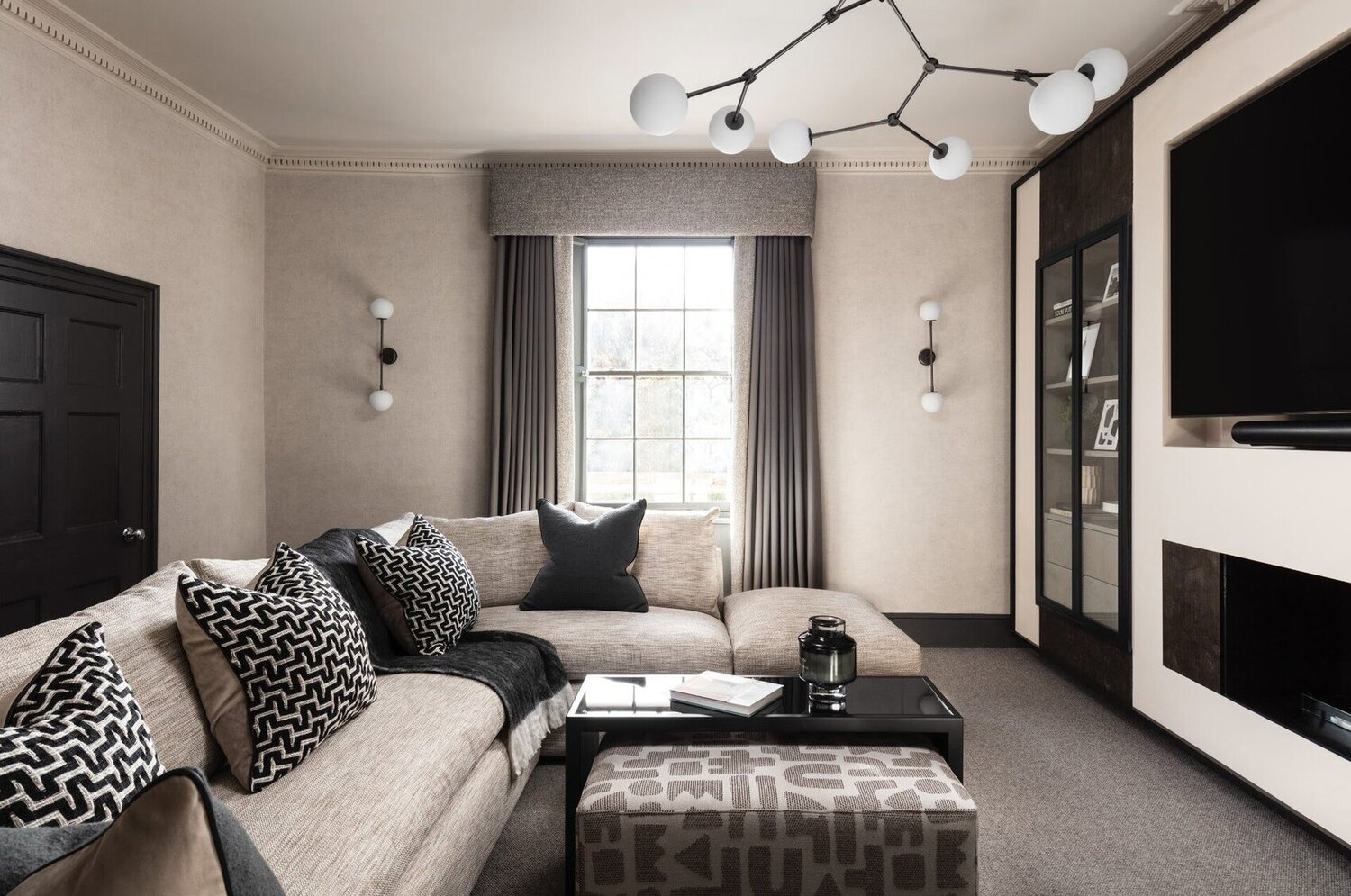
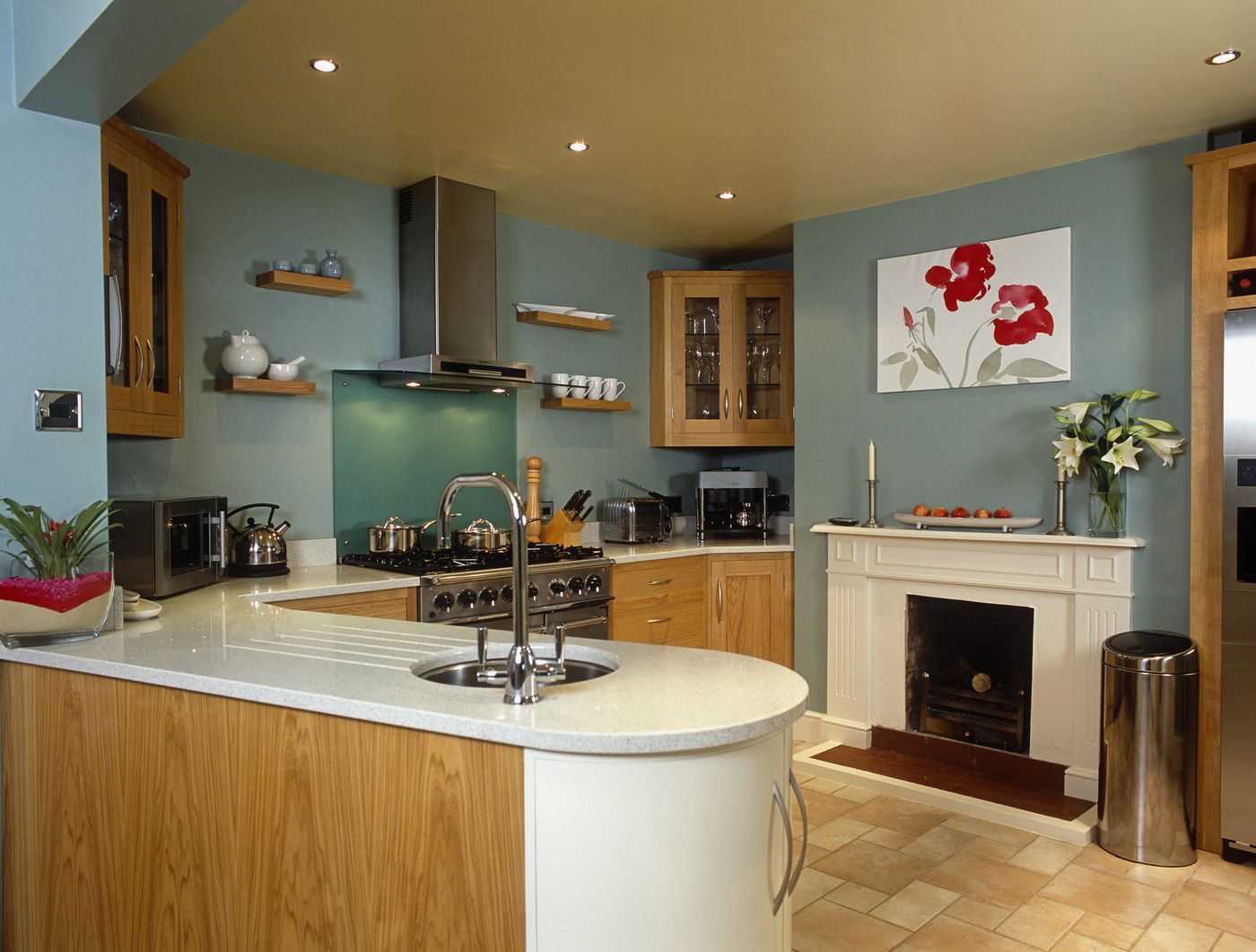

0 thoughts on “Monochromatic Color Scheme: Ideas And Expert Advice On Creating The Look”